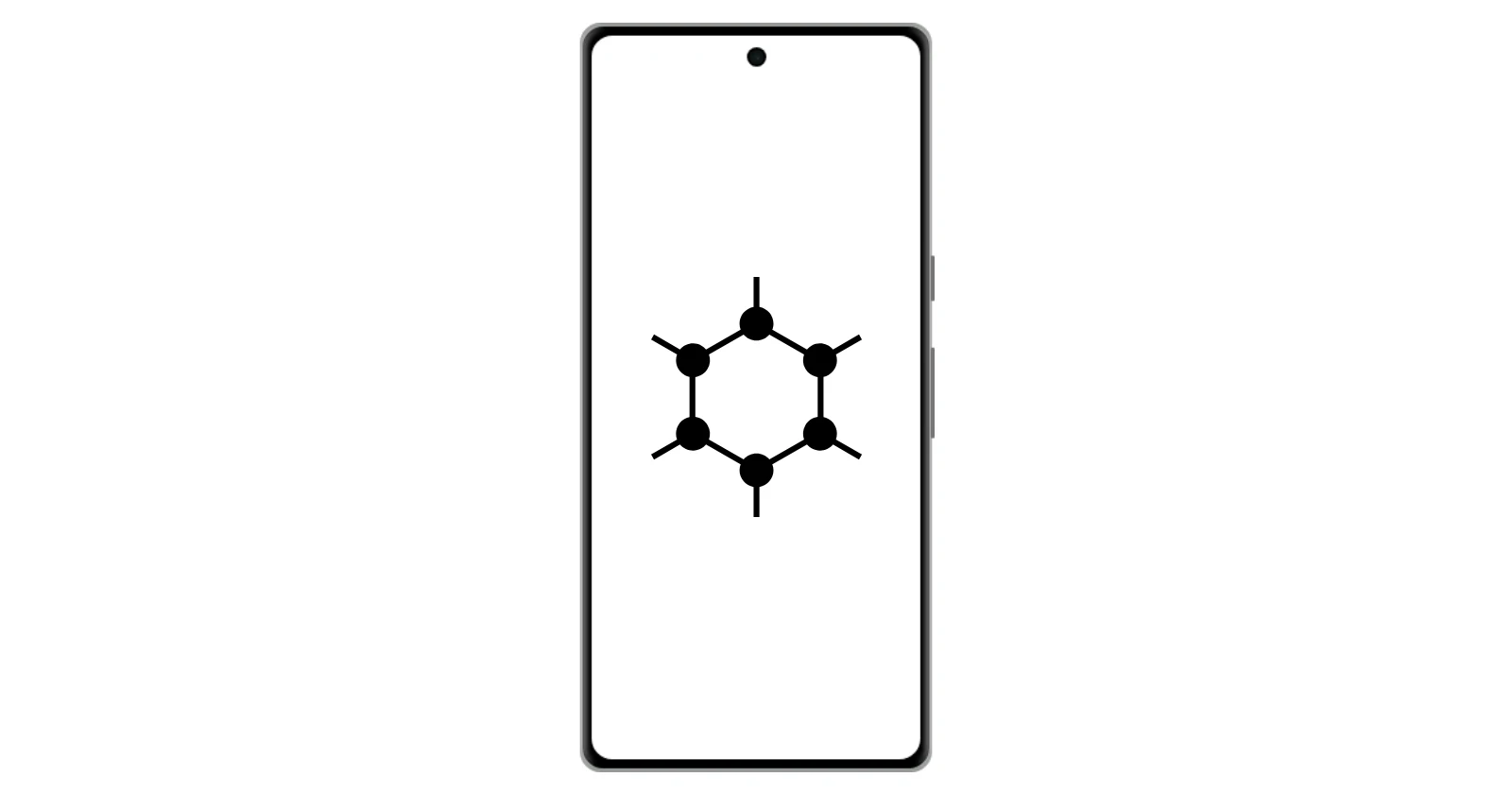A newly leaked Cellebrite presentation has sent shockwaves through the Android privacy community, revealing just how much more secure Google’s Pixel phones become when running GrapheneOS instead of stock Android. The internal document, allegedly captured during a private Microsoft Teams briefing and circulated on the GrapheneOS forums but has since been removed, offers rare insight into how vulnerable (or resilient) various Pixel generations are to forensic data extraction tools used by law enforcement.
According to the slide, titled “Android OS Access Support Matrix – Google Pixel 7.75.3,” Cellebrite’s software can still extract limited amounts of data from Pixels running standard Android, particularly before first unlock (BFU) or after first unlock (AFU). However, the same devices running GrapheneOS appear almost entirely resistant to the company’s tools.
For instance, the leaked chart shows that while the Pixel 9 and earlier models on stock Android still allow some form of access in locked or partially unlocked states, GrapheneOS builds dating from late 2022 onward have closed those loopholes completely. Even when fully unlocked, updated GrapheneOS devices reportedly prevent meaningful data extraction — a stark contrast to Google’s default firmware.

The leak, first reported by 404 Media, allegedly came from an individual who joined Cellebrite’s private meeting uninvited and took screenshots of the presentation before posting them online. The same individual, going by the handle “rogueFed,” claimed to have joined multiple briefings unnoticed, revealing Cellebrite’s internal testing against Pixel 6, 7, 8, and 9 devices. Notably, the newly released Pixel 10 lineup is absent from the document, likely due to ongoing compatibility issues.
This isn’t the first time GrapheneOS has been in the headlines recently. Earlier this month, the privacy-focused Android fork made significant progress toward supporting the Pixel 10 series, and how Google’s own privacy efforts have begun shifting toward greater local processing and isolation features. And unless you’re new to the show, you must’ve heard of GrapheneOS’s tensions with Google’s security patching process, following user backlash over how fast (or slowly) AOSP fixes were being integrated.
Even more strikingly, GrapheneOS recently confirmed it’s ending Pixel exclusivity and exploring partnerships with other OEMs, a move that could extend these advanced protections to non-Pixel phones for the first time. That news now feels especially timely: if the Cellebrite document is accurate, GrapheneOS effectively nullifies one of the world’s most advanced forensic extraction systems, leaving standard Android trailing behind.
For the uninitiated, Cellebrite is a major supplier of digital forensics tools used by governments and law enforcement to access locked smartphones. The company declined to comment on the leak’s contents, saying that revealing technical details could “benefit malicious actors.” Still, the slide provides an unprecedented look at how different Android builds stack up against industrial-grade hacking tools, and GrapheneOS comes out looking nearly impenetrable.
The document also hints that GrapheneOS’s automatic reboot feature, which triggers a power cycle after inactivity, returning the phone to its most secure “before first unlock” state, may play a key role in thwarting data extraction attempts.
For privacy advocates, the implications are clear: Google’s stock Android, while strong, still leaves doors open that Cellebrite can exploit. GrapheneOS, on the other hand, appears to have slammed those doors shut. At least for now.


